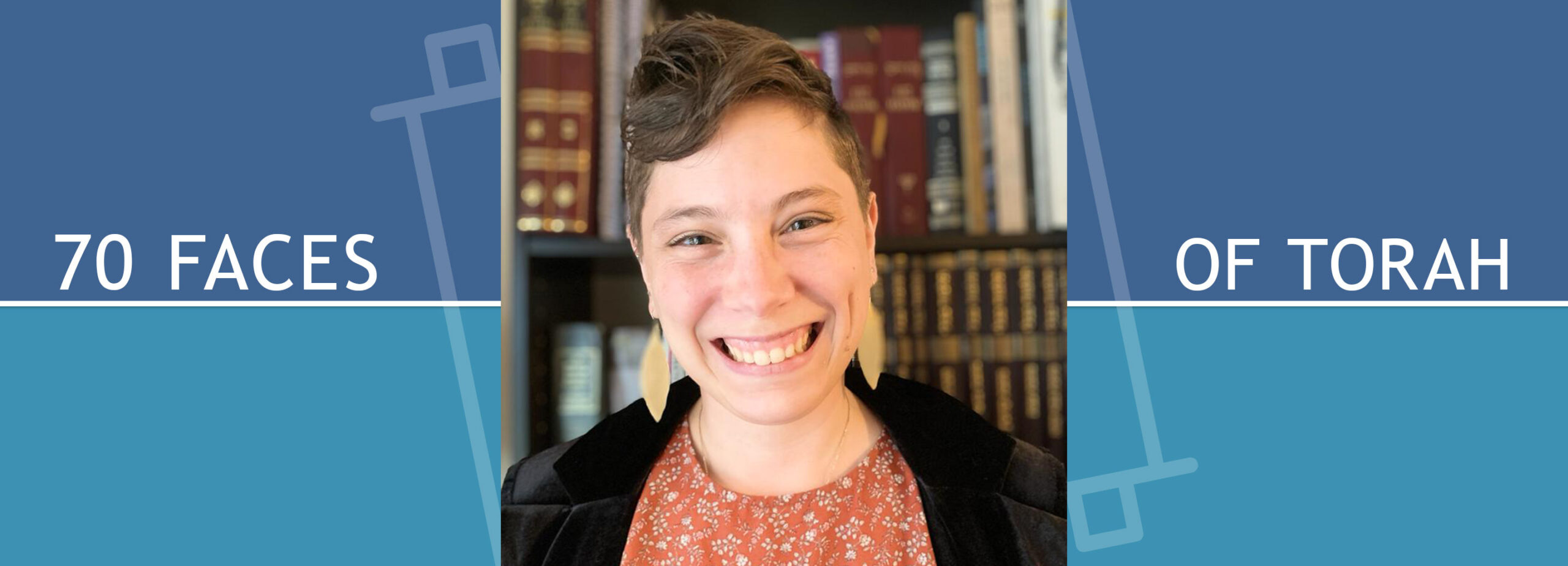Jewish learning Hidden in Plain Sight

Parashat Naso (Numbers 4:21-7:89)
The first time I ever read Parashat Naso was in preparation for my Bat Mitzvah. As a curious 12-year-old, there was a lot in this Torah portion that could have caught my eye: The instructions for how we can repair wrongdoings (Numbers 5:6-9), the baffling Sota ritual (I remember looking up what “adultery” meant), the very specific commitments of the Nazarite. But the thing I got stuck on was not any of the flashier parts of the parashah. It was a passing verse that describes the duties of the Gershonite clans:
וְנָשְׂאוּ אֶת־יְרִיעֹת הַמִּשְׁכָּן וְאֶת־אֹהֶל מוֹעֵד מִכְסֵהוּ וּמִכְסֵה הַתַּחַשׁ אֲשֶׁר־עָלָיו מִלְמָעְלָה וְאֶת־מָסַךְ פֶּתַח אֹהֶל מוֹעֵד׃
They shall carry the cloths of the Tabernacle, the Tent of Meeting with its covering, the covering of dolphin skin that is on top of it, and the screen for the entrance of the Tent of Meeting (Numbers 4:25).
I was utterly and completely fixated on this “dolphin skin.” My indignant 12-year-old-self asked every adult that would listen: “They’re in the middle of the desert and God wants them to find dolphin skins?!?! How is that supposed to work?”
No adult seemed to be as concerned with this detail as I was. All of these years later, I want to give that kid curiosity the attention that I think it deserves.
It turns out that our great sages also wondered about this תחש (tachash)—the creature that JPS plainly renders as dolphin—and that their stories and imaginings were even more magical than a dolphin in a desert. Rashi describes it as a multicolored beast that delighted in its own beauty.¹ In Midrash Tanhuma,² Rabbi Nehemia describes the תחש as a being created by God for the precise moment of building the mishkan (tabernacle), a creature that immediately disappeared after the mishkan was completed. Bemidbar Rabbah imagines that the creature didn’t unintentionally disappear but was actively hidden away.³ In all of these renderings, the תחש is depicted as a divinely-created unicorn-narwhal-type beast, big enough that it was the only animal whose hide was big enough to create thirty-cubit-long curtains for the mishkan.
This creature is so much more than a dolphin! Hidden in this passing verse lies the story of a magical, mystical creature whose existence made the building of the mishkan possible. Perhaps there weren’t dolphins in the desert, but there were mystical beings specifically placed there by God. In Parashat Naso, the תחש gets easily overshadowed by theatrical rituals and ceremonies. But it is the existence of the תחש that makes the dedication of the altar—which happens at the end of our parashah—possible.
And herein, I think, is what the תחש, and Parashat Naso, can teach us: Don’t overlook those who are hidden in the details.
The very start of our Torah portion is the instruction from God to Moshe:
נָשֹׂא אֶת־רֹאשׁ בְּנֵי גֵרְשׁוֹן גַּם־הֵם
The verse reads, “Count the Gershonites, also,” (Numbers 4:22).
In other words, don’t forget the Gershonites. They may not be the ones transporting the sacred Ark,4 but they still have a role to play here, and they still matter.
And as my 12-year-old-self would say: Pay attention to the תחש—you might just discover a magical narwhal-unicorn!
In the poem “Tourists,” Israeli poet Yehuda Amichai writes:
Once I sat on the steps by agate at David’s Tower,
I placed my two heavy baskets at my side. A group of tourists
was standing around their guide and I became their target marker. “You see that man with the baskets? Just right of his head there’s an arch
from the Roman period. Just right of his head.” “But he’s moving, he’s moving!”
I said to myself: redemption will come only if their guide tells them,
“You see that arch from the Roman period? It’s not important: but next to it, left and down a bit, there sits a man who’s bought fruit and vegetables for his family.”
Amichai gives voice to the experience of the overlooked—to the Gershonites, nearly forgotten in the census, and to the תחש, lost in plain sight. It is when we pay attention to all people and creatures in the picture that we can create and anoint the mishkan—building and creating holy, sacred communities together.
- Rashi no Exodus 25:5
- Midrash Tanchuma, Terumah 6:1
- Bemidbar Rabbah 6:3
- Chizkuni on Numbers 4:22
Heather Renetzky is a shana dalet Hebrew College rabbinical student. She is a firm believer in the healing power of deep listening, trees, and homemade chocolate chip cookies.

